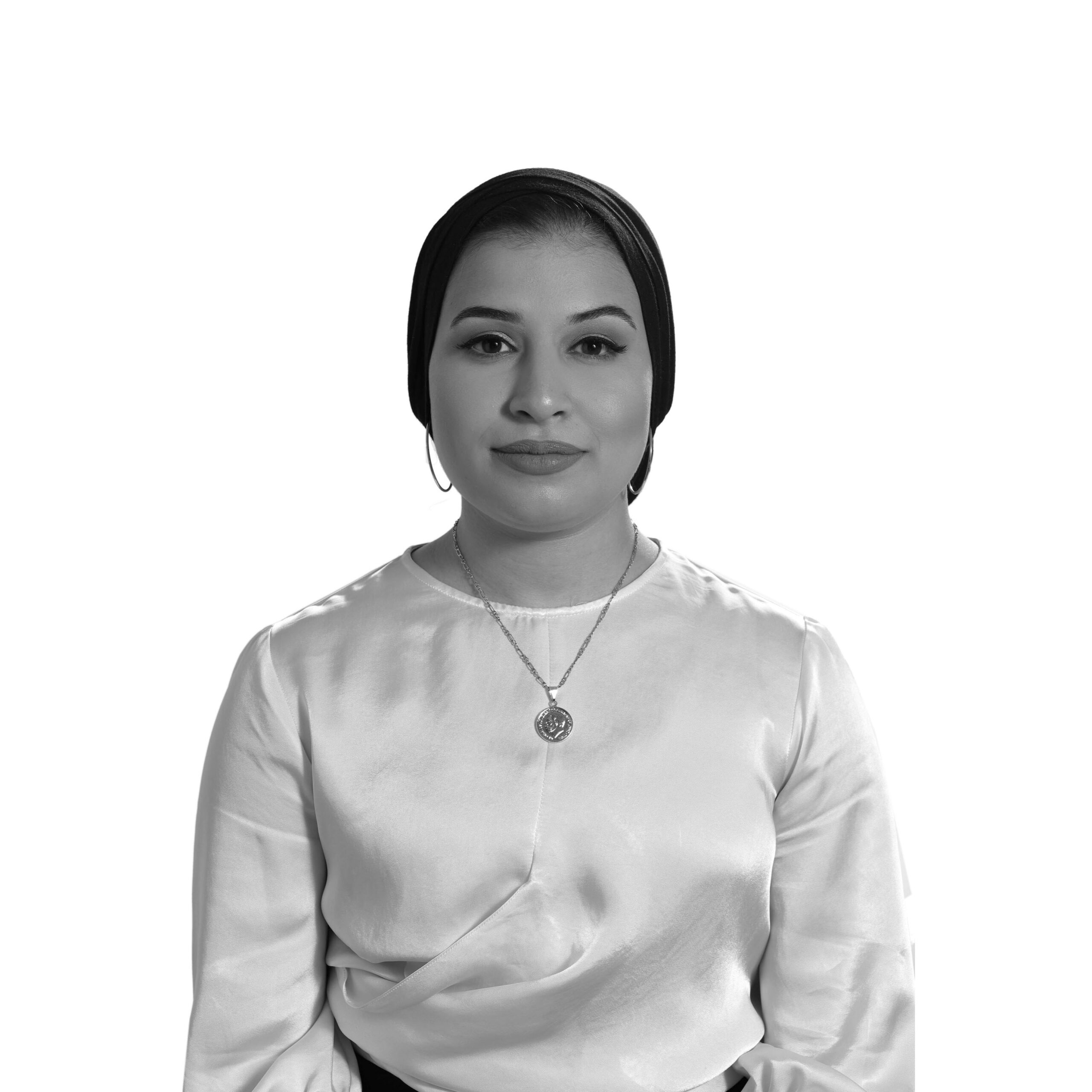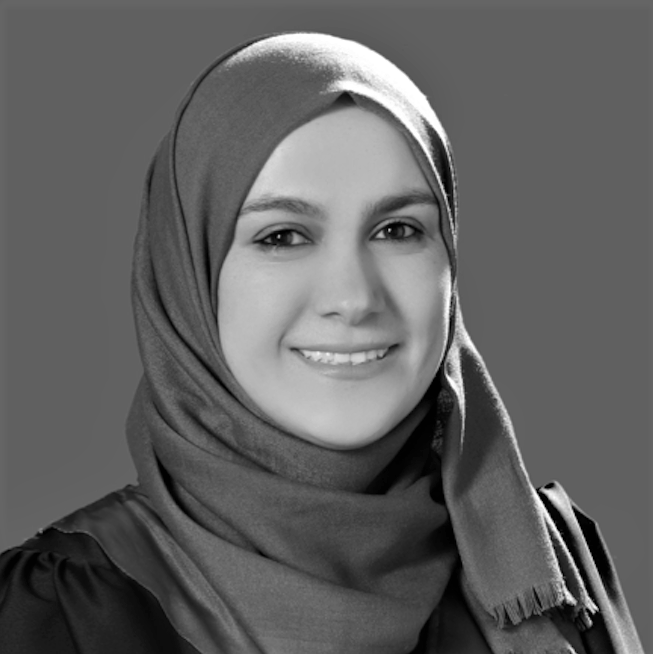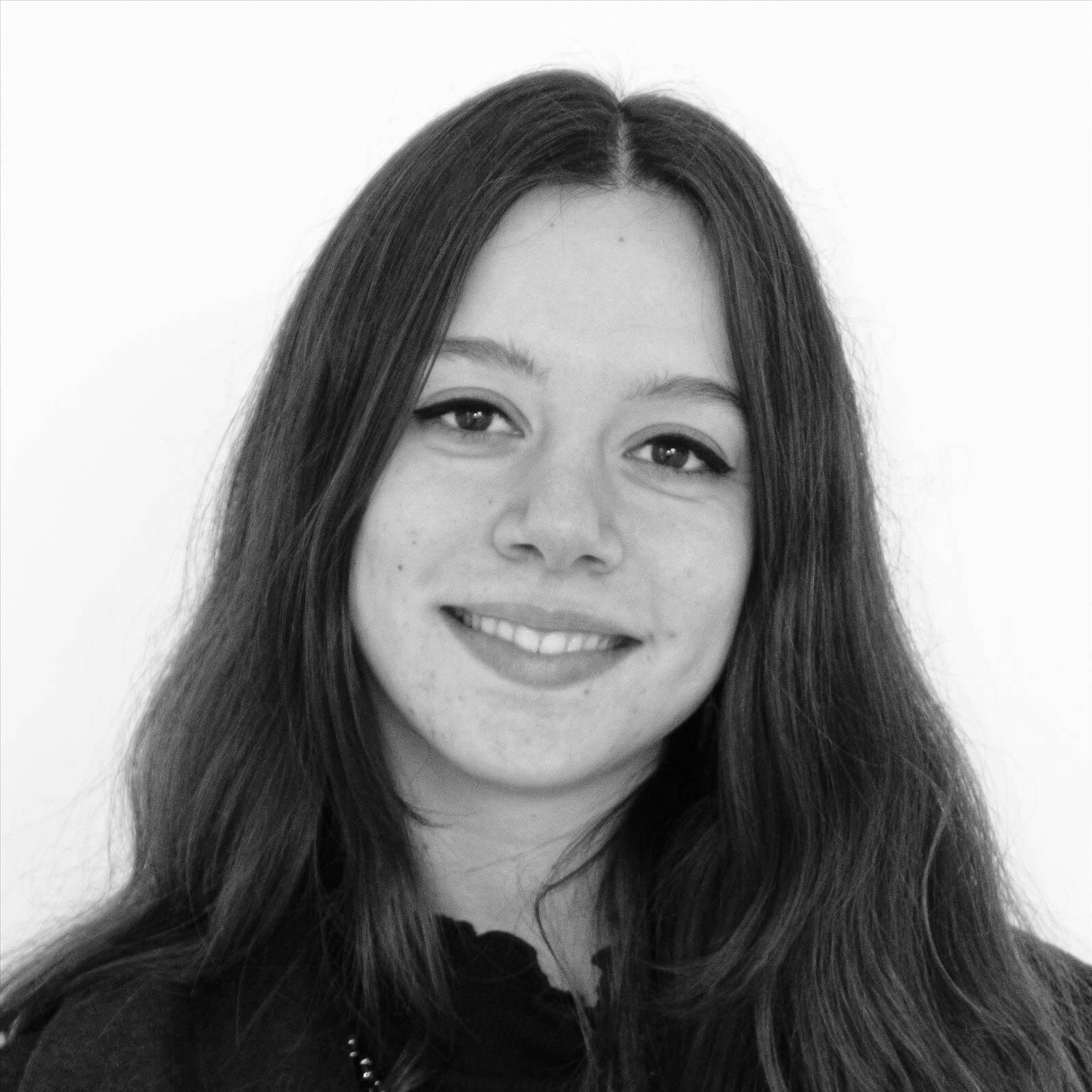’فريق ‘تقارب عن بعد
Remote Closeness Team
تم تنظيم “تقارب عن بعد” من قبل فريق متعدد التخصصات من شتى المجالات، بما في ذلك الفنون الجميلة والعمارة والتصميم والتنظيم والموسيقى. يتكون فريق تقارب عن بعد من آية العبيدي وباولا فران وربى حجازي وسما شحروري وسامر بيطار.
Remote Closeness is organized by a team of interdisciplinary cultural actors from Jordan. Coming from various backgrounds including arts, architecture, design, curation, and music, the RC team is made up of Aya Al Obaidi, Paola Farran, Ruba Hijazi, Sama Shahrouri and Samer Betar.
Collective statement:
The Remote Closeness collective was born out of a need to explore novel ways of approaching art in Jordan, where the team members reside. Our ethos is based on a genuine will to bridge the gap between people, entities, spaces, currents of thought, ways of being…
The first notion that we tackled was that of the dichotomy present in many aspects of our artistic environment: the online vs offline worlds, inside (art spaces) vs outside (be it urban or rural), institutional vs experimental, public vs private, direct vs subversive, and the list goes on. Our name, which reflects this dichotomy, was born at a time during the pandemic where it was impossible to be physically close, but where systems of solidarity were born to counter the crisis’ impact.
In the way we approach our research, as well as in the design of artistic events, one of the main goals is to facilitate the creation of clusters and communities, even at a micro level. By creating the opportunity to exchange ideas, or exploring new ways of learning and other forms of knowledge building, both artists and audiences find means to connect, to collaborate and co-curate.
To achieve this, one has to understand the local context, disconnected from the notion of the white cube and other western art standards. And when studying systems of functioning within that context, issues such as those of sustainability can be viewed under totally different angles. It brings forth considerations such as how does one support emerging and underrepresented artists within the local climate? How does one integrate the city in their practice without feeling alienated to it? How does one find a way to sustain their practice with ever so dwindling resources?
These are some of the questions we base our research on, feeding on an ongoing conversation, connecting with local and regional institutions, questioning their practices, bridging the gaps between them, and between them and artists. While we don’t always have the solutions, we hope that the conversations we initiate and the questions we bring forth lead us a step closer to the art world we would like to evolve in as artists, art practitioners, curators and dreamers.





